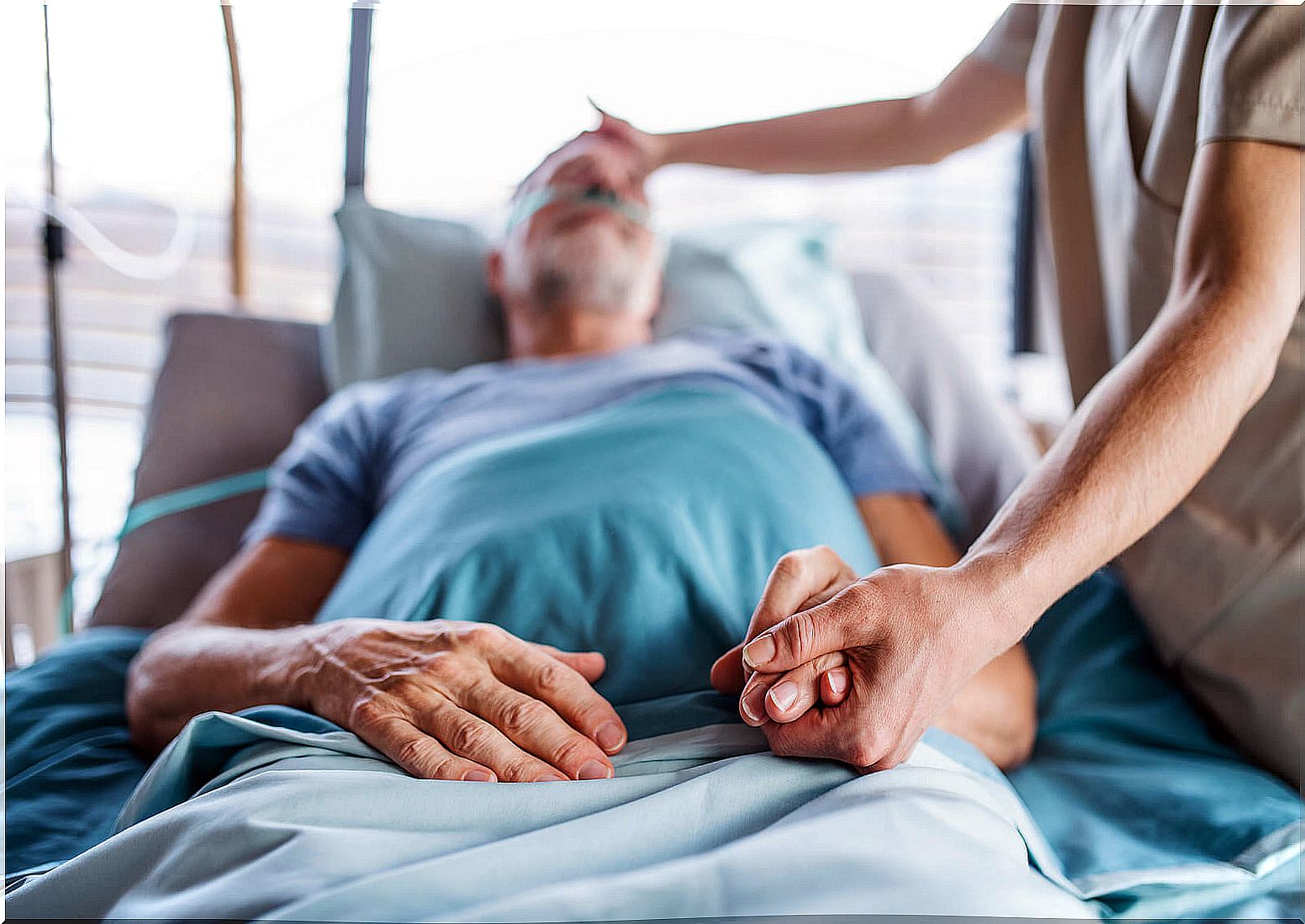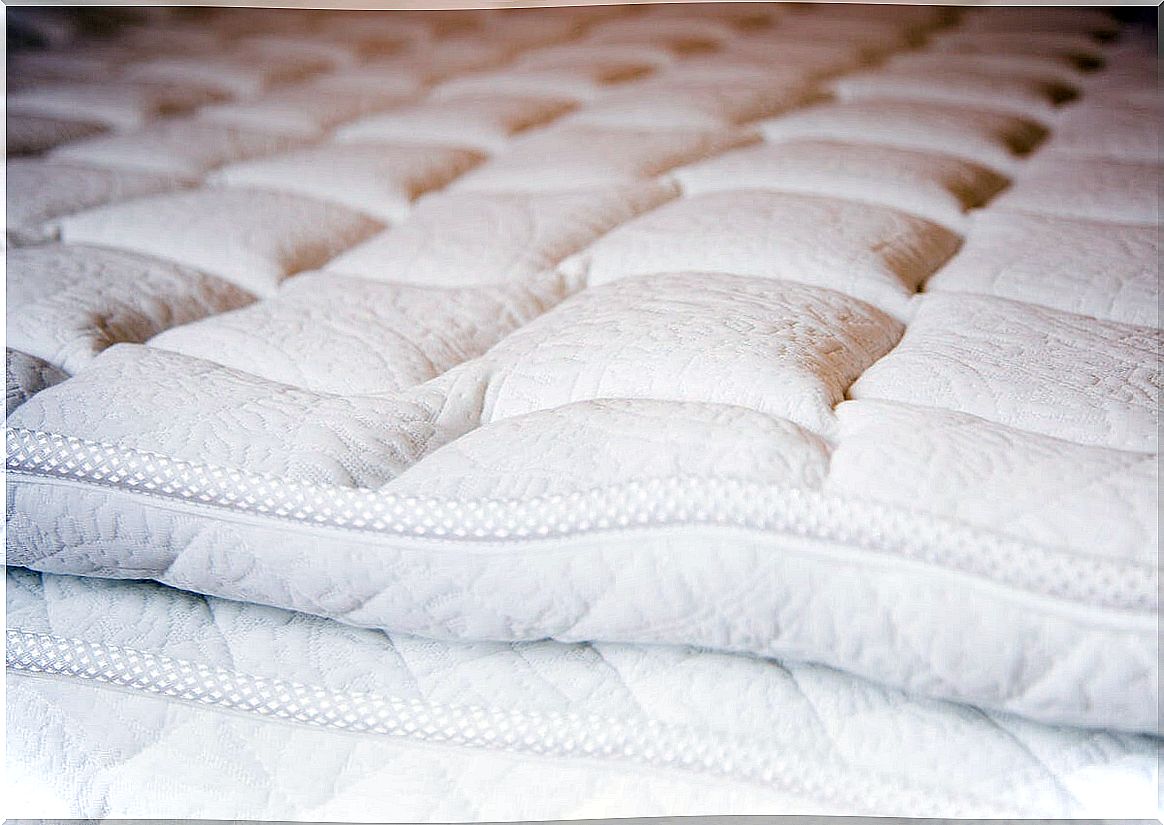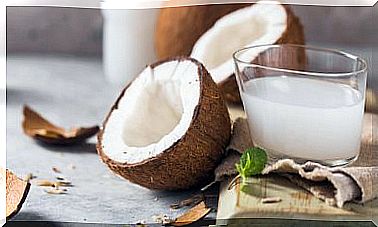Degree Of Bedsores In Patients And Treatment
The degrees of bedsores will depend on their severity. However, before knowing in depth what these degrees are, we must know what exactly bedsores are.
Therefore, bedsores (also called pressure ulcers) are damage to the skin and underlying tissue due to prolonged pressure or friction exerted on a hard plane. They appear frequently in patients bedridden for a long time.
In addition, the degree of bedsores will be higher in the elderly, since these ulcers cause serious problems in these people.
They are very painful and cause a high number of local and general infections. They are located in the most prominent parts of the body, sacrum, trochanters (bony prominence that is located in the upper extremity or epiphysis of the femur), heels, scapulae and occipital region.
Its severity varies from the reddening of the skin to the loss of it, which can expose the bone.
Degrees of bedsores

Health professionals use a classification system to describe the severity and degrees of bedsores. Therefore, 4 categories are distinguished:
- Grade 1 : A first-degree eschar is the most superficial type of injury. The affected skin area appears discolored and reddish in white patients and bruised or bluish in patients with darker skin. In a grade 1 eschar, the skin remains intact, but it can be sore, itchy, and either warm and fluffy or hard to the touch.
- Grade 2 : In second-degree pressure ulcers, part of the outer surface of the skin, that is, the epidermis, or the innermost part of the skin or dermis, is damaged. This causes a loss of skin tissue. The ulcer appears as an open wound or blister.
- Grade 3 : in this category, skin loss occurs throughout its entire thickness. In addition, the underlying tissue is also damaged. However, neither the muscles nor the bones are damaged. The eschar appears as a deep, hollowed out wound.
- Grade 4 : of the 4 grades of bedsores, this is the most serious. In this situation, the skin is severely damaged and the adjacent tissue suffers necrosis, that is, it dies. Also, the underlying muscle or bone may be affected. Patients with these types of pressure ulcers are at high risk of developing serious infections.
Treatment
Since bedsores are a complex health problem caused by a number of interrelated factors, health care must be carried out by a team of professionals of a different nature. Some techniques and treatments for bedsores are the following:
Change of position
Moving the body and changing position at regular intervals is one of the best ways to prevent these injuries. Releases pressure in cases of eschar grades 1 and 2.
Mattresses and cushions

There is a wide range of special mattresses and cushions to relieve pressure on vulnerable parts of the body. Patients with more severe bedsores need a more sophisticated mattress or even a bed system.
For example, there are mattresses that can be connected to a continuous flow of air and that is automatically regulated to reduce the pressure at the necessary moments.
Dressings
Some examples of this type of product are:
- Hydrocolloids : these are dressings that contain a special gel that favors the growth of new skin cells.
- Alginates : these are dressings made with seaweed that contain sodium and calcium. They have been shown to speed up the healing process.
Topical preparations
Creams or ointments can be used to speed up the healing process. In addition, they prevent further skin damage. A class of chemicals known as free radical scavengers can also be used to prevent cell damage at the genetic level.
Antibiotics
They are used to prevent bacterial infection and, as a precaution, to also prevent the development of a secondary infection.
The antiseptic ointment can also be applied directly to the bedsores to clean them of any bacteria already present.
Surgery
Sometimes these wounds cannot heal and surgery is necessary to seal the eschar and prevent further tissue damage. The most widely used technique is called graft replacement. A skin and muscle graft is taken from another part of the body and used to seal the ulcer.
A complex pathology
As you could see throughout the article, bedsores are very common, easy to produce and, in addition, with a complicated treatment. In patients with risk factors -mainly those bedridden due to chronic pathologies- multiple anti-decubitus measures should be taken into account to improve the prognosis of these lesions.







